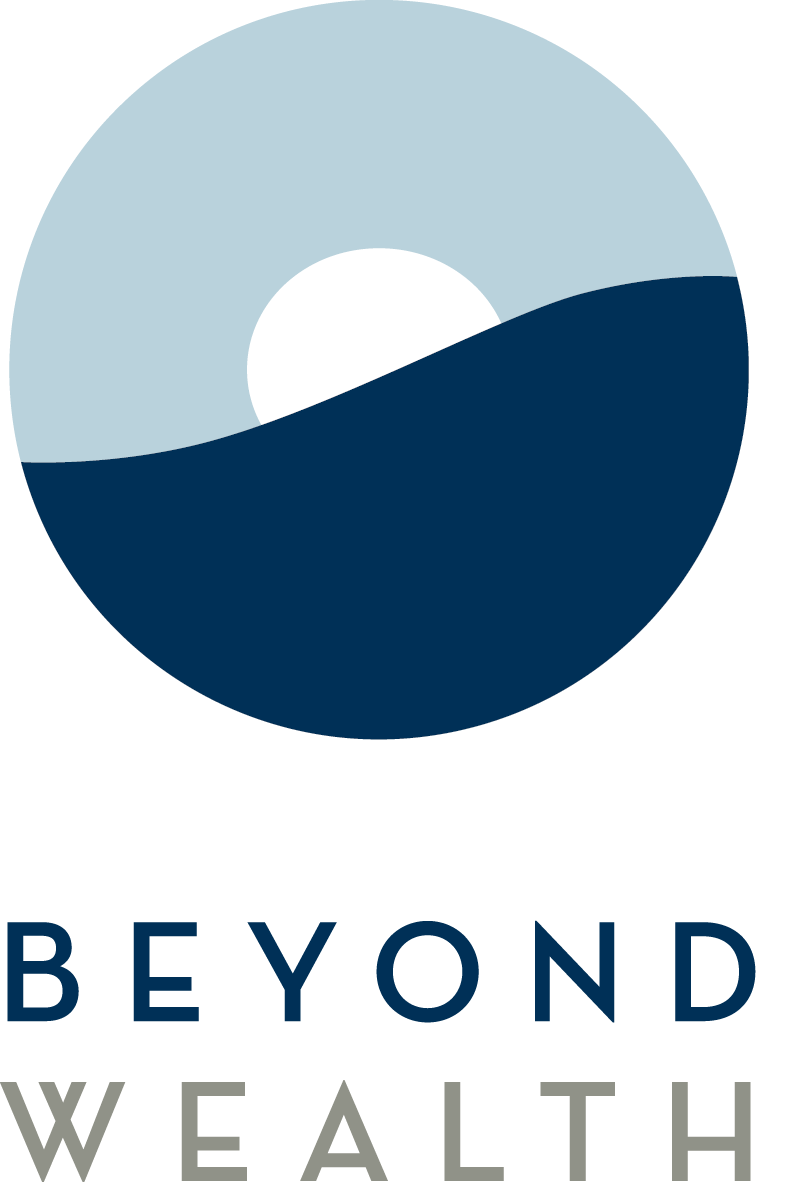Using HELOCs as a Financial Planning Tool
Home equity line of credits or HELOCs (pronounce he – locks) are usually thought of as a tool to pay for a kitchen remodel or to update a bathroom. Outside of this use, they can be an important component of your financial plan to provide greater financial flexibility. HELOCs can be a savvy cash management tool when used selectively. Given the low interest rate environment and the appreciation housing has seen, it is worth revisiting how a HELOC might fit into your financial plan.
What is a HELOC?
A HELOC is a line of credit that is established with your home equity as collateral. It is a variable interest rate loan that you can draw upon for 5 or 10 years. You are able to pay your loan off over a longer period of time, typically ten years after the draw period. A bank will allow you to borrow up to 80%, 90% or even 100% of your home. If you have a $400,000 house with a $200,000 mortgage a bank would allow you to have a line of credit of $70,000 if they used the 80% loan to value standard.
How does a HELOC fit into your financial plan?
HELOCs have a wide array of uses but the key is they provide financial flexibility. The way you can incorporate them into your financial plan is as an additional source of emergency funds or as a vehicle for short term loans. HELOCs are not a replacement for having cash sitting in a savings account as an emergency fund (rainy day). It can help to supplement your rainy day fund or serve as a bridge while you get three to six months of expenses saved up. We see it used most frequently with people who earn great incomes but their payouts may be lumpy because of bonus or commission structure.
Having access to your line of credit enables you to make a tuition payment for college, pay an unexpected tax bill or take advantage of an investment opportunity. You won’t have to sell any of your investments and incur capital gains, and you can repay it once your bonus or other cash flow events happen. If you use your HELOC this way we like to see a strategy to pay it off in 12 to 18 months. If this can’t be done, then we’ll look for an optimal time to sell some investments or adjust your budget to pay off the HELOC balance.
What are some of the positives of using a HELOC? You won’t pay any interest on it if you don’t access your line of credit. This is like a credit card. You only incur interest charges when you borrow money. Interest rates are variable but in most cases, are significantly lower than a credit card interest rate. The equity in your house secures your HELOC. A credit card is an unsecured debt, so it generally costs more to borrow unless you are receiving a special introductory or promotional interest rate. The interest rate you pay on your HELOC is only tax deductible if you use it for home improvement under the Tax Cuts and Jobs Act of 2017. There are also interest deduction limits on mortgages of up to $750,000.
There is a lot of positives about a HELOC, but there are some things to consider. There are costs associated with HELOC beyond just the interest you pay. The costs will vary depending on the bank or credit union but are like those when you get a mortgage. HELOCs usually require an appraisal fee to estimate the value of your house. Financial institutions can also charge a closing fee, an application fee and upfront charges, like “points.” The market is very competitive for HELOCs now. Most fees are being waived or are quite low. It pays to shop around. HELOC fees are smaller than you would see for a conventional mortgage.
HELOCs are a financial cookie jar. Like a cookie jar, if you are disciplined, they are a harmless place to keep cookies (or your money). If you are the type that will eat the cookies when you have an urge, then a HELOC may not be right for you. Knowing that you have access to a pot of money may entice you to use it for a vacation, discretionary purchase or lead to other bad financial moves. If you don’t think you can be responsible having access to a line of credit, then we would caution you about getting one.
Since HELOCs are variable rates loans, they will adjust as interest rates rise. In a nutshell, your payment will increase as interest rates rise over time. If your budget is tight, this is something to factor in even though rates are low today.
HELOCs are a creative tool to have in your financial tool kit. When used strategically, they can help manage cash flow in a financially savvy way, while keeping your investment strategy on track. HELOCs can also lead to bad financial habits and are not guaranteed to be there when you need it most. Your financial planner or investment advisor can help you figure out how to best fit a HELOC into your financial life.
ANDREW COMSTOCK, CFA
Disclaimer: The opinions voiced in this material are for general information only and are not intended to provide specific advice or recommendations for any individual. To determine which investment(s) may be appropriate for you, consult your financial advisor prior to investing.

